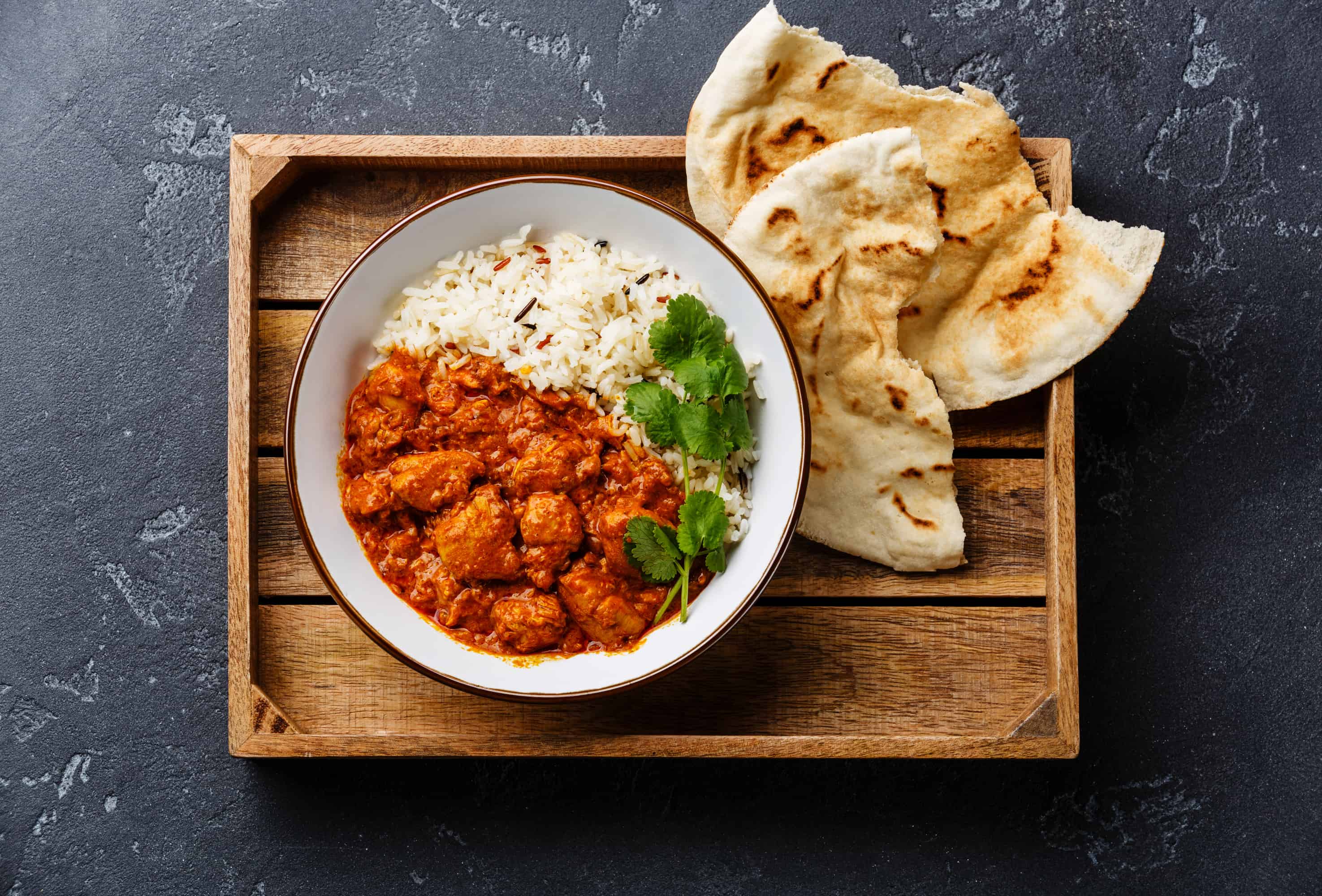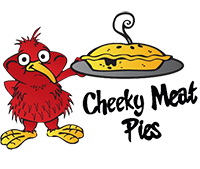Chicken tikka masala has become one of the most popular Indian dishes around the world. With its tantalizing blend of aromatic spices and rich creamy tomato-based sauce it’s easy to see why it has gained such widespread appeal. However, many health-conscious eaters are starting to question whether this restaurant favorite lives up to its reputation as a nutritious meal.
In this article, we’ll take an in-depth look at the reasons why traditional chicken tikka masala recipes may not be as healthy as they seem. We’ll break down the dish’s key ingredients and preparation methods to understand its nutritional profile. We’ll also provide tips on how to tweak the classic recipe to make a healthier version at home.
High in Calories and Fat
One of the biggest diet concerns with chicken tikka masala is its high calorie and fat content. A typical serving at a restaurant clocks in around 700-900 calories, with about half those calories coming from fat. Much of this fat comes from heavy cream or coconut milk used to make the sauce creamy and rich. Ghee (clarified butter) is also liberally used to bloom the spices and fry the chicken.
All of these high-fat ingredients can add up quickly. One serving has more than 40 grams of total fat, with a lot of saturated fat. LDL (“bad”) cholesterol levels go up and the risk of heart disease goes up when you eat a lot of foods high in saturated fat, like chicken tikka masala.
Loaded With Sodium
In addition to calories and fat, most chicken tikka masala recipes are extremely high in sodium Pre-made spice mixes, creamy sauces, and restaurant preparations often contain copious amounts of salt and sodium-rich ingredients like garlic powder and ajwain seeds It’s not uncommon for a single serving of chicken tikka masala to deliver over 1,500 milligrams of sodium.
As a comparison, the American Heart Association says that you should not eat more than 2,300 milligrams of sodium per day. High blood pressure, which is a major risk factor for heart attack and stroke, is linked to high sodium levels. People who want to cut down on sodium should be aware of how much chicken tikka masala can add to their daily intake.
May Contain Unhealthy Additives
To get the right texture and shelf life, many store-bought jars of chicken tikka masala sauce use thickeners, preservatives, and refined oils as additives. Artificial colors are sometimes added purely for aesthetic appeal.
A small amount of these additives probably won’t hurt you, but some ingredients, like MSG and carrageenan, are best kept to a minimum. When you make chicken tikka masala from scratch with healthy ingredients, you have full control over what goes into the dish.
Often Served With Refined Carbs
Chicken tikka masala is customarily served with a heaping portion of white rice. While rice offers some nutritional benefit, the refined grains lack the fiber, vitamins, and minerals of their whole grain counterparts. The refined carbs in white rice can also cause blood sugar spikes.
Pairing chicken tikka masala with more nutrient-dense grains like brown rice, farro, or quinoa helps balance out the meal. Vegetables like cauliflower rice or sautéed spinach make excellent lower carb alternatives.
Tips for a Healthier Version
Luckily, it’s easy to adapt chicken tikka masala to be a healthier meal option while keeping its irresistible flavors intact. Here are some simple tips:
-
Use Greek yogurt or evaporated milk instead of heavy cream for the sauce.
-
Opt for lean chicken breast over thighs to reduce fat.
-
Skip pre-made spice mixes and create your own using salt-free blends.
-
Load up on veggies like onions, peppers and tomatoes for added nutrition.
-
Serve with brown basmati rice, quinoa, or cauliflower rice instead of white rice.
-
Adjust portion sizes if having as part of a larger meal.
The Bottom Line
Chicken tikka masala remains one of the most beloved Indian dishes for good reason – it tastes amazing! However, traditional recipes tend to be low in nutrients and high in calories, fat, and sodium. Preparing lighter versions at home gives you control over the ingredients so you can still enjoy the iconic flavors of this dish while maintaining a balanced diet.
With a few simple ingredient swaps and a mindful approach to portions, chicken tikka masala can be a tasty addition to a healthy lifestyle. As with any rich meal, practicing moderation and balancing it with other wholesome foods ensures you get the best of both worlds – delicious flavor and good nutrition.

Skip: Lamb Rogan Josh
Itâs not a creamy sauce that amps up the fat-o-meter in this dish. Itâs the meat. Depending on the cut, lamb can have anywhere from 15 to 25 grams of fat in a 3-ounce portion. Thatâs about the size of a deck of cards. At home, where you can choose the cut of meat, go for a leg or loin, and load up on all those antioxidants, like ginger, garlic, tomato, and turmeric.

Skip (or Make): Navratan Korma
Navratan means ânine gemsâ in Hindi. Itâs fitting name for a dish filled with vegetables, nuts, and seeds. If you order it at a restaurant, half-and-half is often added at the end to make it taste rich and creamy (and add extra fat and calories). Sub plain soy yogurt or blended tofu at home to give it a healthy tweak.

These golf ball-sized desserts coated in sticky liquid arenât good for your diet game. The milk, sugar, and ghee that go into gulab jamun are mixed together and then deep-fried. They are then put in rose water syrup. If you crave something sweet after an Indian meal, go for kheer, or rice pudding topped with fruit.

How Chicken Tikka Masala became Britain’s national dish
FAQ
How unhealthy is Chicken Tikka Masala?
Chicken tikka masala, while delicious, is generally considered unhealthy due to its high calorie, fat, and sodium content, especially when prepared in restaurants.
What are the disadvantages of chicken tikka?
If you’re indulging in heavily marinated, store-bought, or restaurant-style grilled chicken, you’re also likely taking in excess saturated fat and sodium, especially if the skin is left on or it’s pre-seasoned. That could lead to heart disease, high cholesterol, weight gain, and elevated blood pressure over time.
What is the healthiest Indian food to order?
For the healthiest Indian meal, focus on tandoori dishes, lentil-based curries (dal), and vegetable-based dishes. You can get tandoori chicken or fish, dal tadka or palak, and vegetable curries that are made with tomato or coconut milk instead of cream.
Is Chicken Tikka Masala healthier than butter chicken?
Generally, chicken tikka masala is considered slightly healthier than butter chicken. Both dishes are high in calories and fat, but chicken tikka masala typically contains less saturated fat and sodium than butter chicken.
